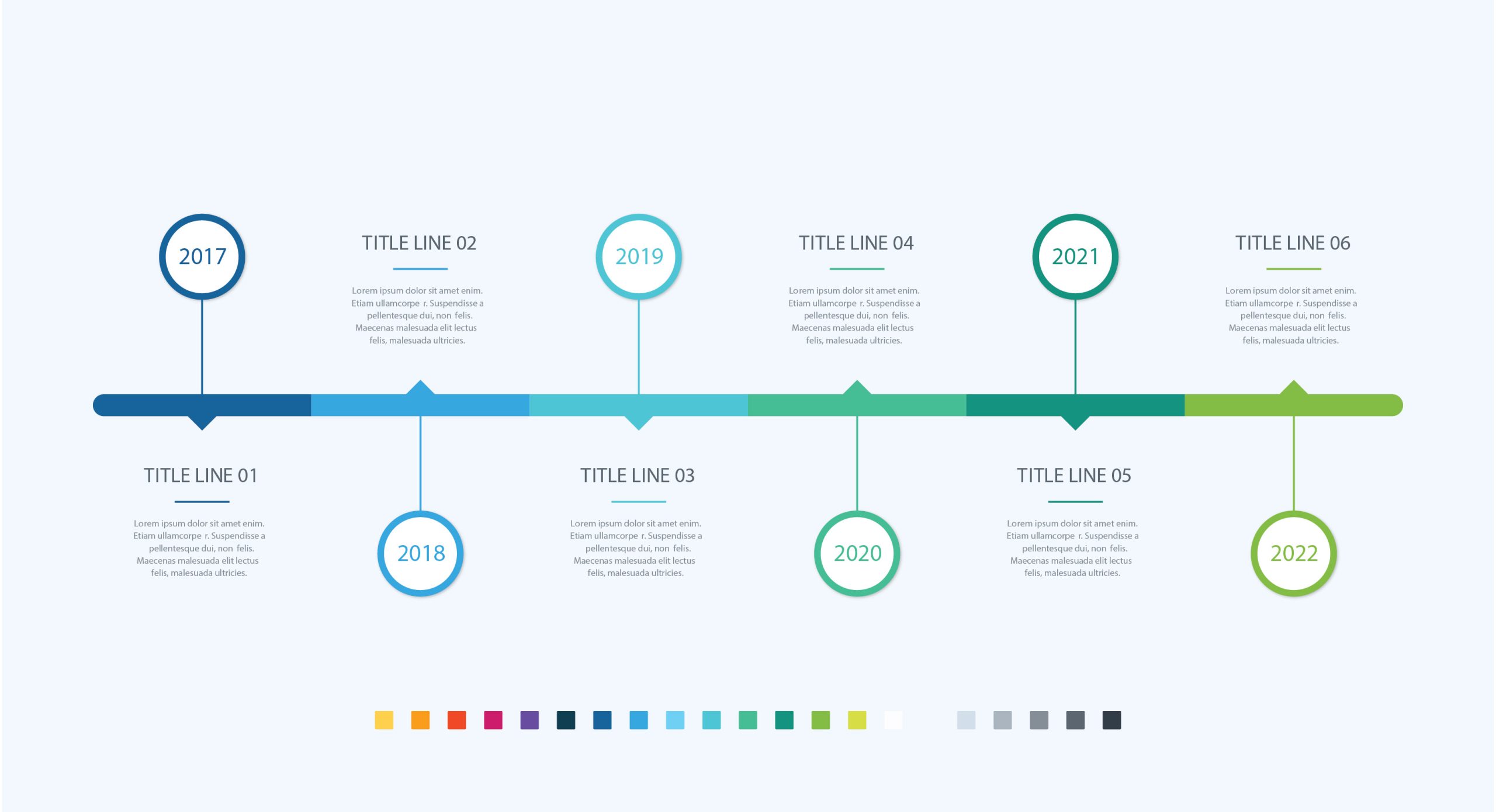The Roman Empire’s population has been estimated at between 59 and 76 million in the 1st and 2nd centuries, peaking probably just before the Antonine Plague. Historian Kyle Harper provides an estimate of a population of 75 million and an average population density of about 20 people per square kilometre at its peak, with unusually high urbanization. During the 1st and 2nd centuries CE, the population of the city of Rome is conventionally estimated at one million inhabitants. Historian Ian Morris estimates that no other city in Western Eurasia would have as many again until the 19th century.
Due to migration, the ethnic composition of the city of Rome, its vicinity, and Italy as a whole went through substantial change during the early and later stages of the empire, with the migration divisible mainly in two separate periods: first during the Principate from Eastern Mediterranean areas, and later beginning from the Dominate by Northern and Western European peoples, continuing throughout the medieval ages and the early modern period. The resultant changes are reflected in the differences between Northern and Southern Italy to this day. The genetic distance between Northern and Southern Italians, although large for a single European nationality, is similar to that between the Northern and the Southern Germans.
Sources:
Demography of the Roman Empire
